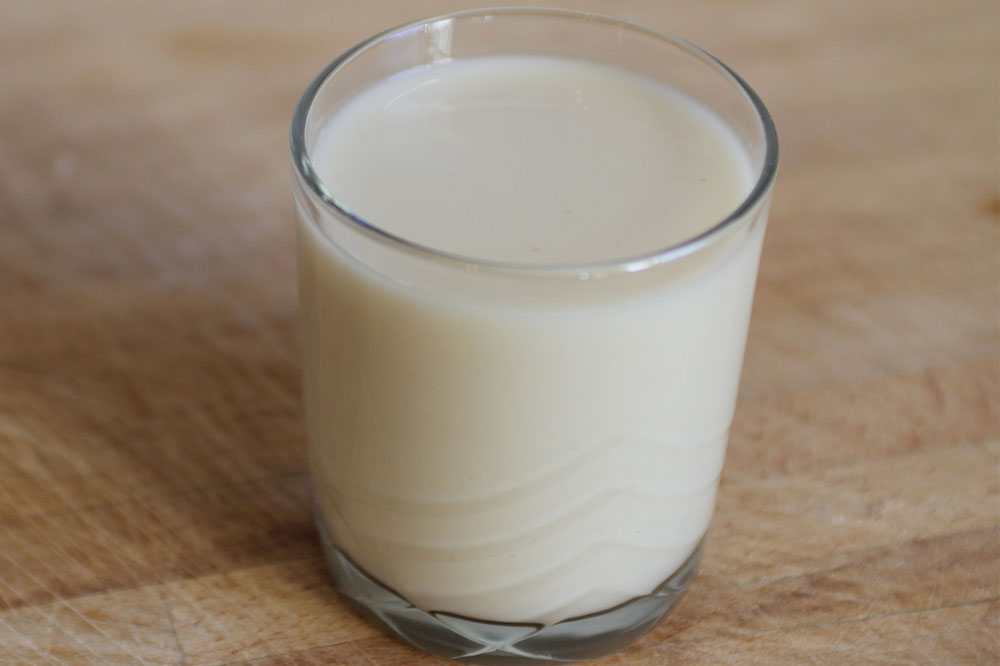Signs of eosinophilic esophagitis in children

Eosinophilic esophagitis (EoE) is a relatively rare, chronic condition that can affect children. It’s characterized by inflammation of the esophagus, often in response to allergens or other triggers. While EoE can be challenging to diagnose, recognizing early signs is essential for timely intervention and effective management. Here is a comprehensive guide to better understanding the common signs of eosinophilic esophagitis in children, providing an understanding of this condition for parents and caregivers.
What it is
Eosinophilic esophagitis (EoE) is a chronic inflammatory condition primarily affecting the esophagus, the tube carrying food from the mouth to the stomach. In individuals with EoE, the esophageal tissue becomes infiltrated with eosinophils, a type of white blood cell that plays a role in allergic reactions and immune responses. Eosinophils in the esophagus cause inflammation, leading to uncomfortable and potentially severe symptoms. While the exact cause of EoE remains unclear, it is believed to be related to genetic factors, environmental triggers, and allergies. Allergens such as pollen, certain foods, or airborne allergens may contribute to the development or exacerbation of EoE. Following are the common signs of eosinophilic esophagitis in children:
- Difficulty swallowing (dysphagia)
One of the hallmark signs of EoE in children is difficulty swallowing, known as dysphagia.







